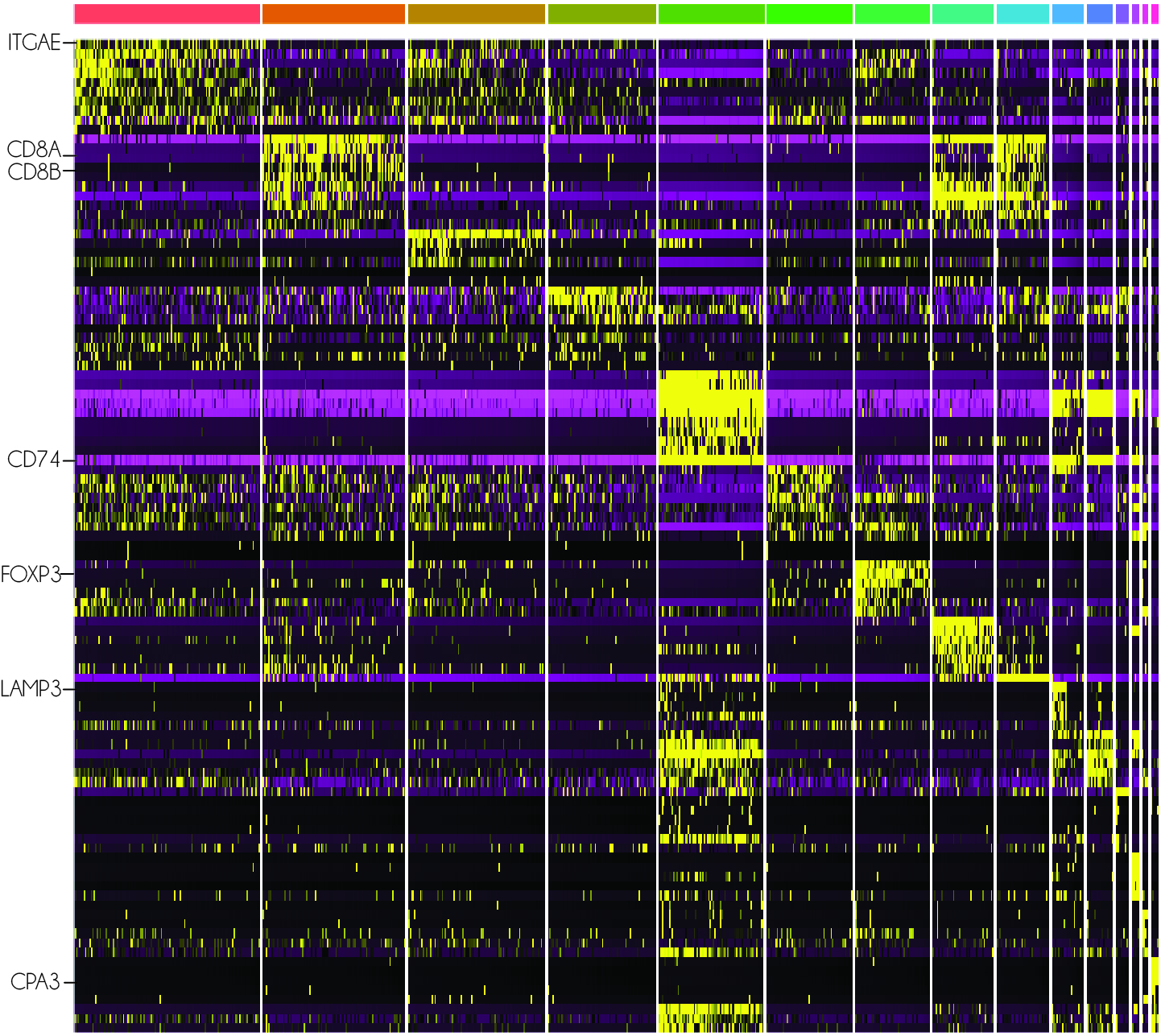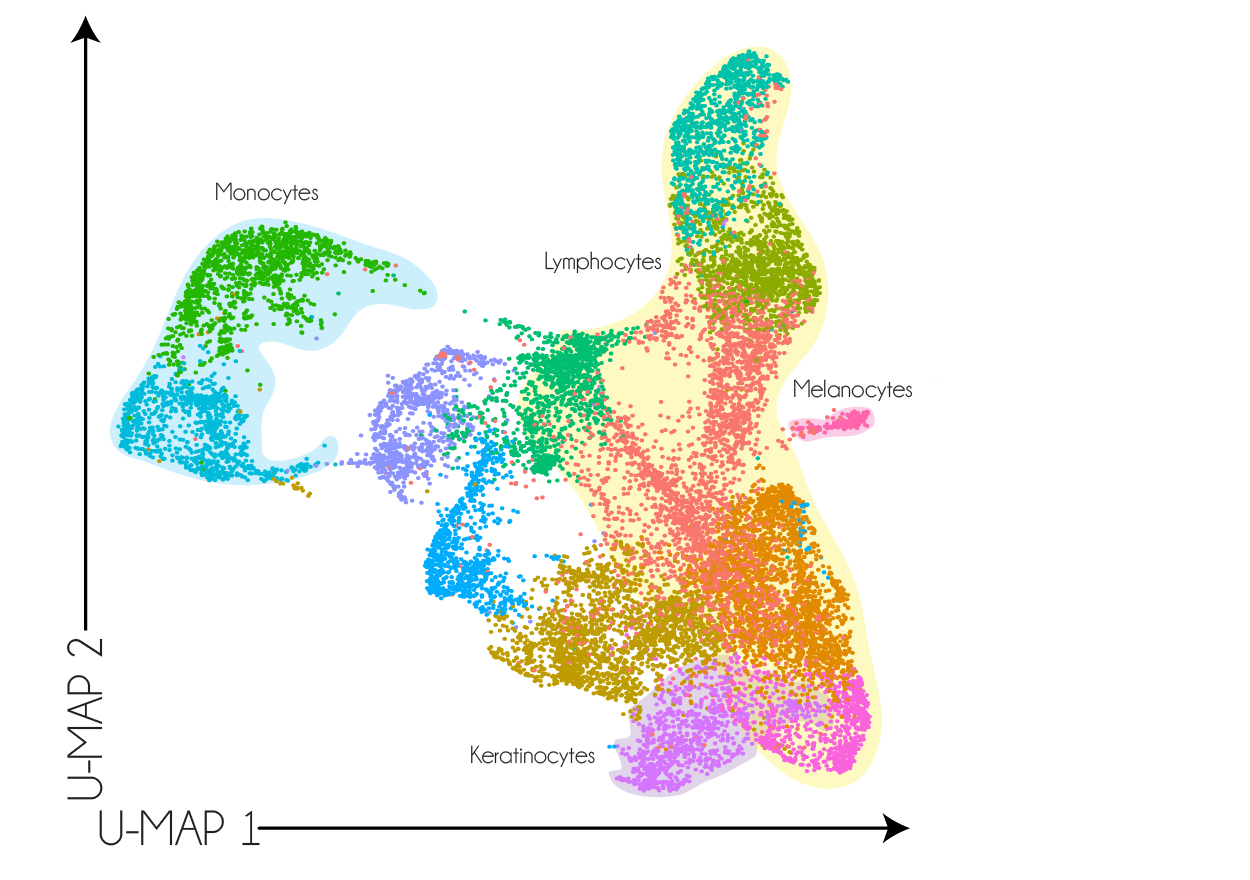Circulating Tumor Cells in Melanoma

Overview
Melanoma is a leading cause of cancer-related mortality amongst Americans, particularly when metastatic. Although there are several new molecularly-based treatments, not all patients may be candidates due to lack of mutant genotype, and resistance often develops. The molecular events that lead to resistance are not completely understood. Moreover, inter- and intra-patient tumor heterogeneity may complicate the selection of optimal treatment regimens.
There is a need for minimally invasive means to obtain tumor information to overcome these knowledge gaps.
Research
Circulating tumor cells (CTCs) are cancer cells that break away from either the primary or metastatic sites and circulate. Increasingly, CTCs have been used as an accessible source of tumor cells (i.e. “liquid biopsy”).
The Kulkarni lab focuses on isolating and profiling these CTCs. We have designed, optimized, and validated novel pipelines for single CTC isolation. We are particularly intrigued by disease progression over the course of immunotherapy, and hope to use CTCs as a lens through which to evaluate tumor responses to these treatments. We expect these studies will produce valuable information about the underlying biological drivers of this disease, and may explain differences in patient outcomes over the course of treatment.

